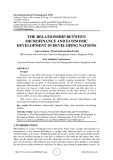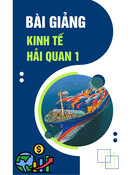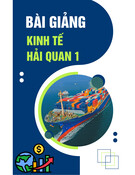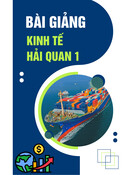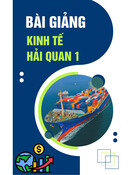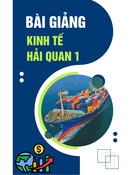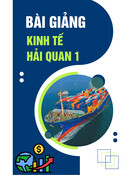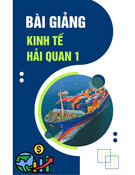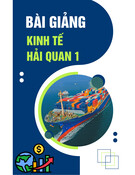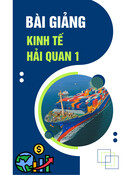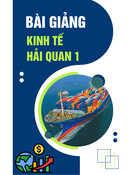
http://www.iaeme.com/IJM/index.asp 1 editor@iaeme.com
International Journal of Management (IJM)
Volume 9, Issue 4, July–August 2018, pp. 1–9, Article ID: IJM_09_04_001
Available online at
http://www.iaeme.com/ijm/issues.asp?JType=IJM&VType=9&IType=4
Journal Impact Factor (2016): 8.1920 (Calculated by GISI) www.jifactor.com
ISSN Print: 0976-6502 and ISSN Online: 0976-6510
© IAEME Publication
THE RELATIONSHIP BETWEEN
MICROFINANCE AND ECONOMIC
DEVELOPMENT IN DEVELOPING NATIONS
Apurva Kumar, Piyush Seth and Harsh Sethi
BBA Student-Jain University-Center for Management Studies, Bangalore, India
Prof Abhishek Venkteshwar
Assistant Professor -Jain University-Center for Management Studies, Bangalore, India
ABSTRACT
Purpose
Research in the field of Economy of developing nations have become a dynamic
study area over the past few decades and is likely to become even more so as the
importance of economic development is rapidly gaining momentum. Therefore
understanding the economy of developing nations will be viewed as increasingly
important. Microcredit is a great way of providing financial aid to the people who do
not have any means to take loans from a traditional bank, and that may have a
positive impact on the economic growth. However on the other hand it is just a
medium to exploit the poor by charging high interest rates and costs for providing
various other services, thus making them poorer.
This article aims at examining the Relationship between Microfinance and
Economic Development in Developing Nations
Key words: Microfinance, microcredit, financial, bank, loan, economic. developing
nations.
Cite this Article: Apurva Kumar, Piyush Seth, Harsh Sethi and Prof Abhishek
Venkteshwar, The Relationship between Microfinance and Economic Development in
Developing Nations. International Journal of Management, 9 (4), 2018, pp. 1–9.
http://www.iaeme.com/IJM/issues.asp?JType=IJM&VType=9&IType=4
1. INTRODUCTION
Microfinance is a type of banking service that gives micro loans, savings and insurance to
unemployed or low-income individuals or groups who otherwise have no access to the
common banks or investors. Traditional banks do not give loans to the poor people because
they are not sufficed enough to even give a collateral to the bank for the money they want.
These are the people who seek for micro financing services in order to fund their idea and
grow out of poverty. Microfinance aims to provide micro loans to poor people to work things
out and invest in their businesses and ideas. In short it gives them an opportunity to grow. As





